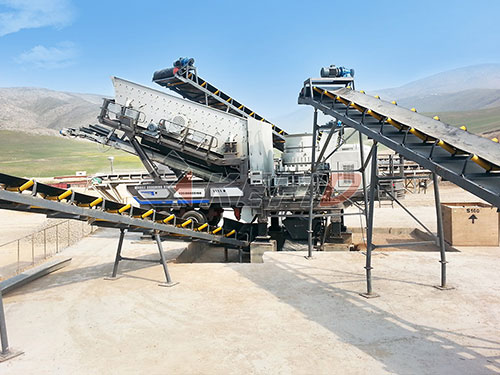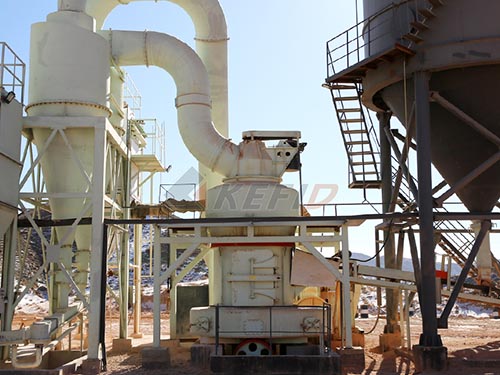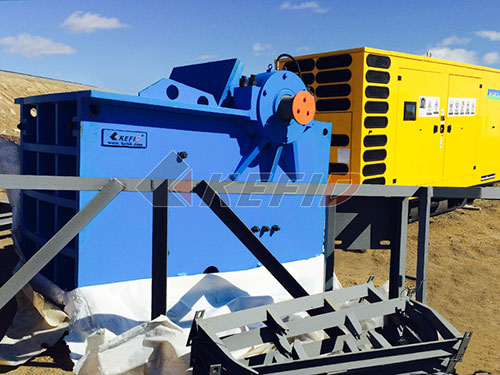Crafting Effective Standard Operating Procedures for Crushing Plants: A Practical Guide
In the demanding environment of aggregate mining and mineral processing, Standard Operating Procedures (SOPs) are not mere paperwork; they are fundamental pillars of safety, efficiency, and consistent production quality. A well-structured SOP for a crushing plant provides clear, step-by-step instructions for operators and maintenance personnel, minimizing risks and maximizing operational uptime. Understanding the essential format is crucial for creating valuable, actionable documents.
Why SOPs are Non-Negotiable in Crushing Operations
Crushing plants involve complex machinery (jaw crushers, cone crushers, impactors, screens, conveyors), significant energy sources (electricity, hydraulics), hazardous materials (dust, noise, moving parts), and often challenging environmental conditions. SOPs mitigate these inherent risks by:
1. Enhancing Safety: Providing definitive steps for safe start-up, operation, shutdown, lockout/tagout (LOTO), clearing blockages, and responding to emergencies.
2. Ensuring Consistency: Standardizing operations across shifts and personnel leads to predictable product sizing and quality.
3. Improving Efficiency: Reducing downtime caused by incorrect operation or extended troubleshooting by outlining optimal procedures.
4. Facilitating Training: Serving as the primary reference material for onboarding new operators and technicians.

5. Ensuring Compliance: Documenting adherence to regulatory requirements (OSHA/MSHA equivalents globally) and internal company policies.
6. Preserving Equipment: Defining correct operating parameters and maintenance checks to extend asset life.
The Core Structure of an Effective Crushing Plant SOP
While specific details vary based on the plant configuration (fixed vs. mobile), processed material, and equipment models, a robust SOP format typically includes these key sections:
1. Title & Identification:
Clear Title: e.g., “SOP: Safe Operation of Primary Jaw Crusher CJ612”
Unique SOP Number/ID: For version control and referencing.
Revision Number & Date: Critical for tracking updates.
Effective Date: When the procedure becomes active.
Plant/Site Location: e.g., “Rockville Quarry – Primary Crushing Circuit”
Equipment/Process Covered: Specific machine(s) or sub-process.

2. Purpose & Scope:
Purpose: Clearly state why this SOP exists (e.g., “To define the safe operating procedures for starting up,

Leave a Reply